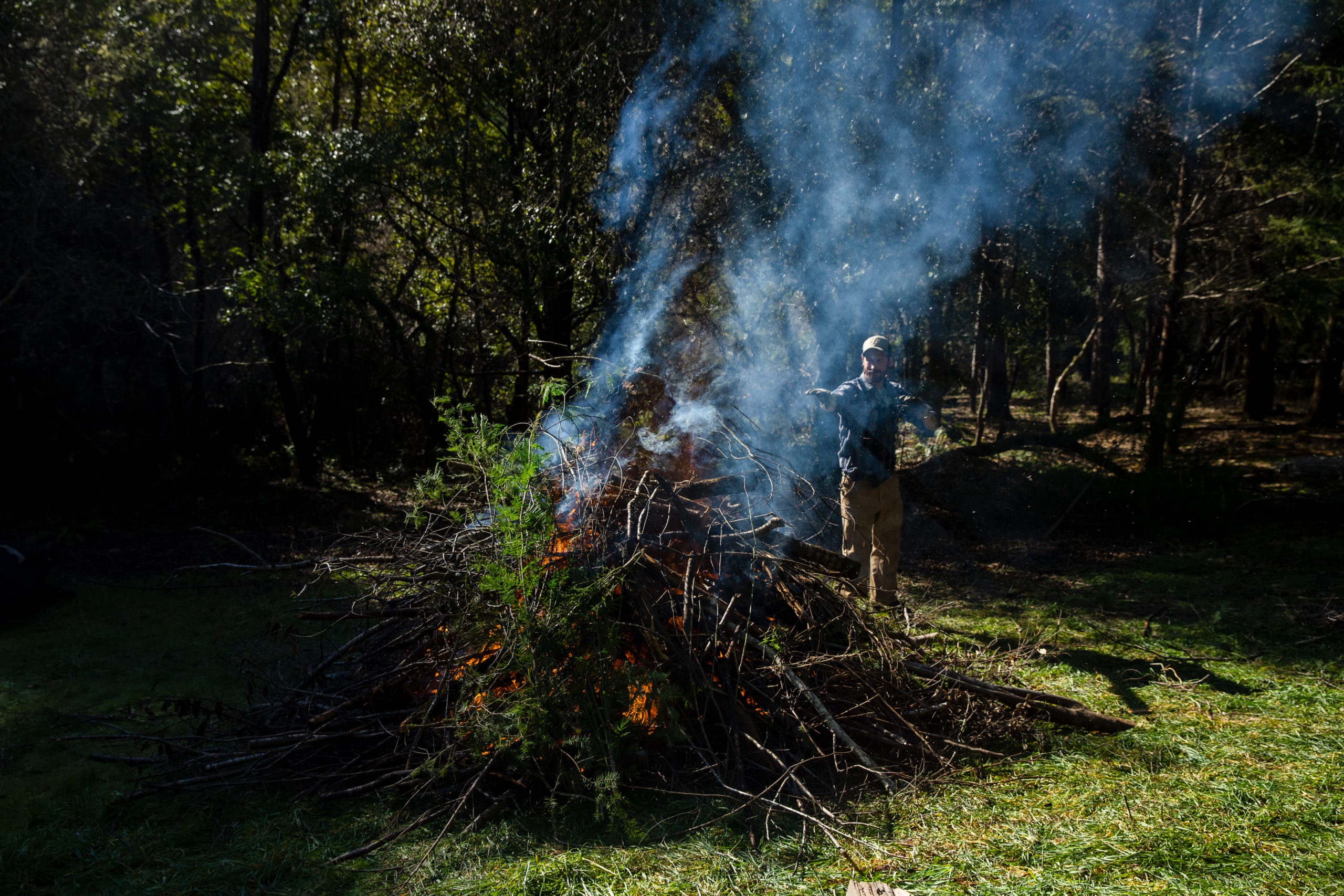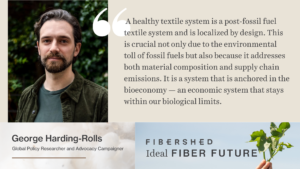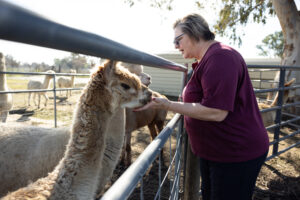Community Grazing Cooperatives
Community Grazing Cooperatives are a collaborative land stewardship model whereby hooved animals are shared among neighbors to steward their land and stay connected to the soil, the plants and each other. The grazing ruminants empower residents to create a healthy, fire safe ecosystem by reducing the fire fuel load, building relationships between neighbors, and increasing connections to the land that supports them.

Community Grazing Cooperatives
Grazing Cooperatives are a robust and flexible approach for communities to sustainably steward their land. They support any socioeconomic status and feed the development of creative, community approaches to living in fire-prone regions.
In a cooperative, each member brings their strengths, skills and knowledge. They learn to broaden their definition of community to incorporate the livestock and flora that decorates their land and the living soil beneath their feet.
Intersectional Land Stewardship
The Intersectional Land Stewardship project is working to connect communities in our fire-prone regions with Indigenous Fire Ecologists to engage the wisdom and skills of these ecologists in order to return our private and public landscapes to healthy fire ecosystems. We are working as a grassroots project to empower the people on these lands with the knowledge and skills to steward the lands in fire ecosystems. We also aim to provide a collaborative and connective way forward, in alignment with each other and the land that feeds us.
After decades of governmental policy that suppressed fire as a stewardship tool, we have recently experienced devastating wildfires that seem to be unrelenting. The ravages of these fires have been nearly to the point that the community is questioning whether these fires have become the new normal for our area. The Intersectional Land Stewardship project is working hard to alleviate some of the fears surrounding the use of fire. The project is incorporating the best possible knowledge from all partners to help educate our community on how to work with fire, instead of against it. The project combines several aspects of preparing the land for fire. This includes not only mechanical means of reducing fuel loads, but natural means as well. The incorporation of a grazing program is critical not only in reducing potential fire fuel loads, but also provides ground disturbance that is beneficial for propagation of native and desirable plants. In the early days of my people, the animals were allowed to roam and follow food sources that provided the necessary soil disturbance. Now, with endless fencing and private property designations, the soil lies dormant for years and native plant species are often encroached upon by invasive, non-native plants.
By Clint McKay

I believe that the only way for us to lessen the severity of climate change and make our communities resilient to the extreme conditions we will experience in the coming years is for us to work together at the community as well as the policy level. Innovative strategies that bring multiple knowledge systems together to protect our human, plant, and animal communities will be essential for ensuring the safety and health of our world. The Intersectional Land Stewardship Project is at the forefront of these grassroots efforts that are empowering Sonoma County residents to join a community of practitioners in reducing vegetation and fire danger, creating habitat, and supporting ecosystems through manual or mechanical clearing, grazing, fire, etc. It is encouraging to see and be a part of this on-the-ground initiative of neighbors helping neighbors and responding to community needs, rather than waiting on slow bureaucracies to respond after more damage has already been done. We should not have to call wildfires, death, and destruction our “new normal” before help arrives. These past few years should be enough symptoms of the sickness for us to join hands, work towards a cure, and take care of one another. I joined this project because I see strength in togetherness and people who mobilize resources, ask the right questions about process and protocol, and have a deep respect for human life and lifeways. This approach to how we heal our world as settlers or newcomers and Indigenous peoples working together will build more inclusive and supportive futures for our community.
By Peter Nelson



